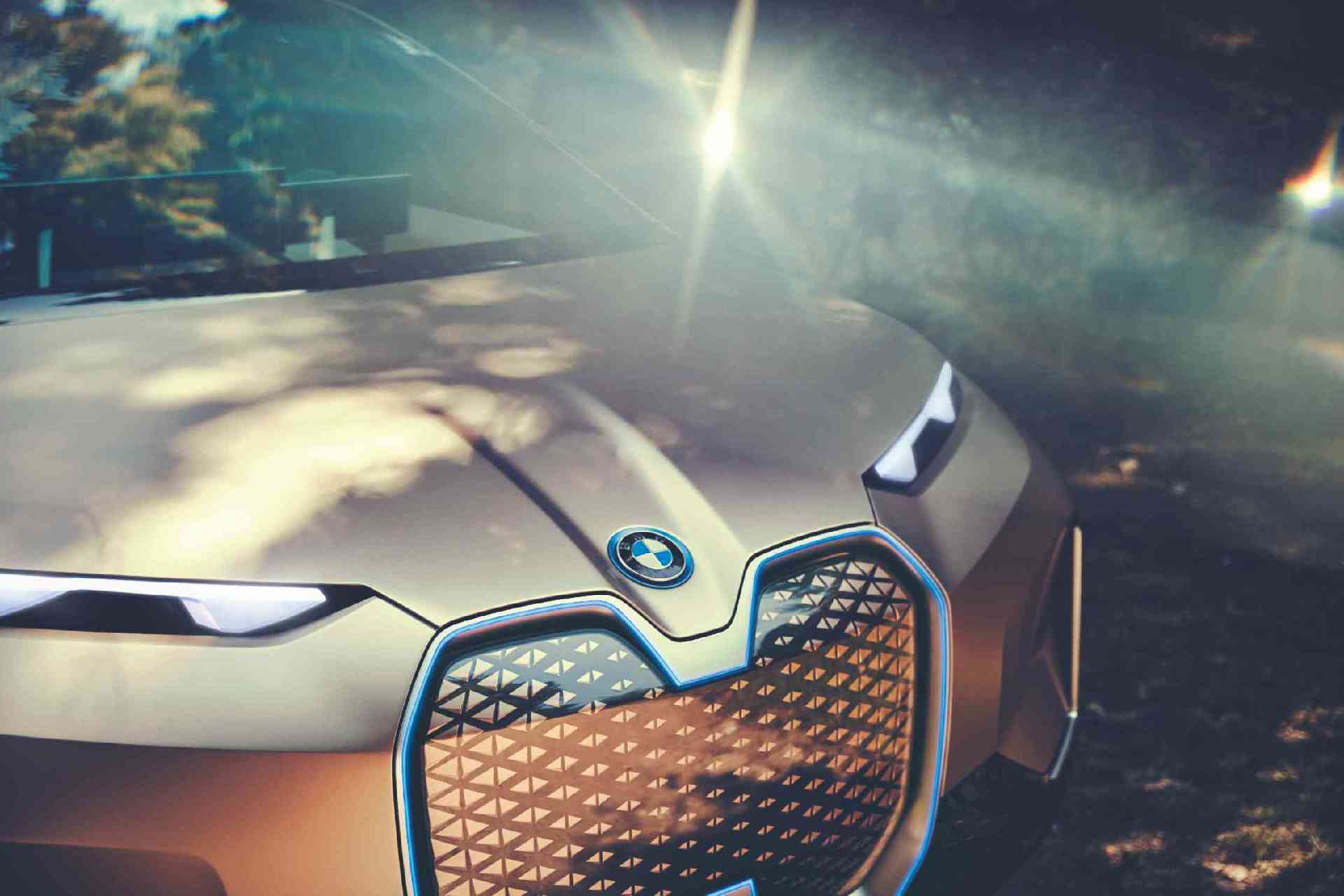A BMW without the double kidney? Unthinkable!
For almost 90 years, nearly every vehicle from Bayerische Motoren Werke – whether concept car or production model – has had a radiator grille, an unmistakable basic shape that is a distinctive feature of every BMW.
Hallmark in change
The design of the radiator grille has changed over the decades – it has become increasingly functional and intelligent. But despite its many metamorphoses, the famous kidneys have never lost their role as a typical mark of the brand.
New drive technologies, and the elimination of the cooling function, have opened up new design possibilities for the front of the vehicle, and are now also having an impact on the design of the kidneys.
With the new vertical kidneys’ elongated shape and the shape of the front bumper, the design of the new BMW 4 Series Coupé gives a nod to the shapes of classics such as the BMW 328. The new model refers to the long and successful coupé history of the BMW brand.
A short journey through BMW history – with a focus on the famous double kidney.
1st BMW 303 (1933)

BMW 303
The BMW 303 is a milestone in BMW history in two respects:
Firstly, the mid-class saloon was the brand’s first model with a six-cylinder engine.
And secondly, it was the first BMW to have the feature that still characterizes every BMW almost 90 years later: air intake through a double kidney. It’s true that radiator masks divided by a (usually chrome-plated) center bar were nothing new in automotive design at the time.
But with the BMW 303’s rounded grill at the top and bottom, and the BMW emblem set between the upper arches, with the blue and white quarter circles, the radiator achieved a highly sculptural effect. And the result was an ensemble with a high recognition value.
Up until the Second World War, the double kidney in all BMW models – including the legendary BMW 327/BMW 328 – became steadily narrower and more elegant, but always followed the form established by the BMW 303.
2nd BMW 507 (1956)
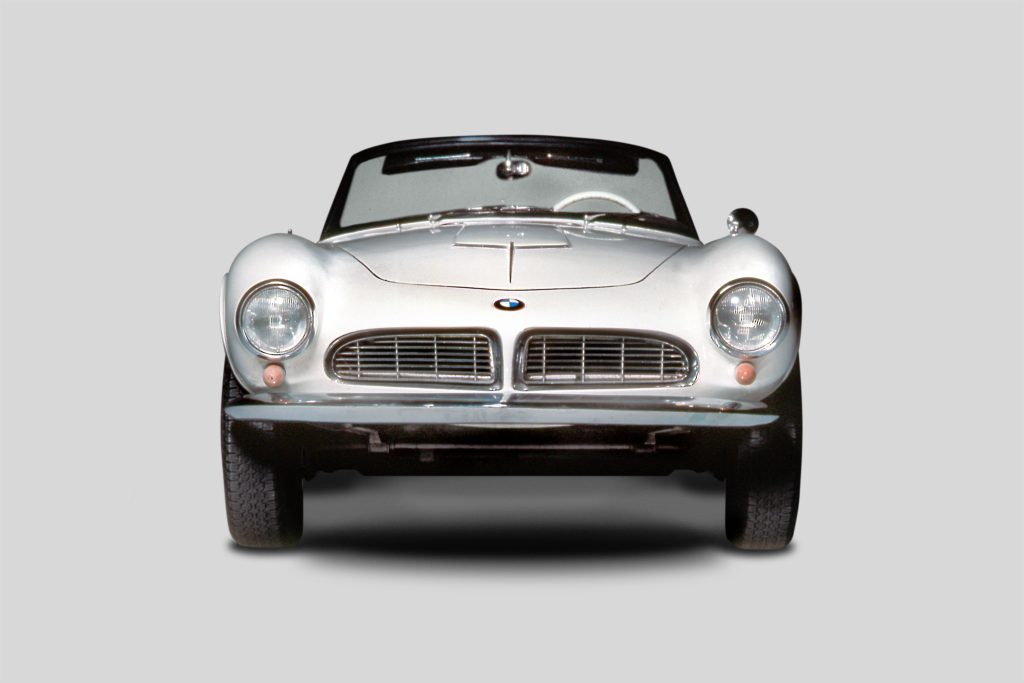
BMW 507
In the same year as the BMW 503, but significantly ahead of its sister model in terms of progressive design, the BMW 507 roadster was the first BMW to appear with two large, horizontally mounted air intakes.
Its creator, Albrecht Graf von Goertz, expressed creative freedom with the design of the double kidney, which BMW designers were not to take up again until the 1990s, with various design projects.
However, the large-format air intakes of the BMW 507 were also necessary, as they were the only source of fresh air for the radiator of the V8 engine under the flat bonnet. The front design is also remarkable for another reason: the BMW 507 was the first model of the brand with a dynamically sloped nose – also known as “sharknose” – which visually lengthens the hood and looks like a thrust forward.
This feature was established with the “new class” of the 1960s and was to live on in vehicles in the BMW 3, 5 and 7 Series, well into the 1990s.
The kidney between two car-wide horizontal grilles
3rd BMW 1500 (1961)

BMW 1500
The “new class” mid-range models heralded a new era for BMW in every respect: in technology, commercially, as well as in the typical design of a BMW.
The kidneys of the BMW 1500 (and its sister models the BMW 1600, BMW 1800 and BMW 2000) were similar to those of the BMW 503, but for the first time, they were tied, even narrower than all previous BMW models and set between two horizontal grilles that spanned the whole car.
With its primary and secondary air grilles, this combination formed the blueprint for the front-end design of the BMW core models up to the 1980s – including the 02 Series (from 1966), the BMW 2500 and BMW 2800 saloons (from 1968) as well as the associated BMW 2800 CS Coupé (also from 1968) and the legendary BMW 3.0 CS, BMW CSi and BMW CSL.
4th BMW M1 (1978)
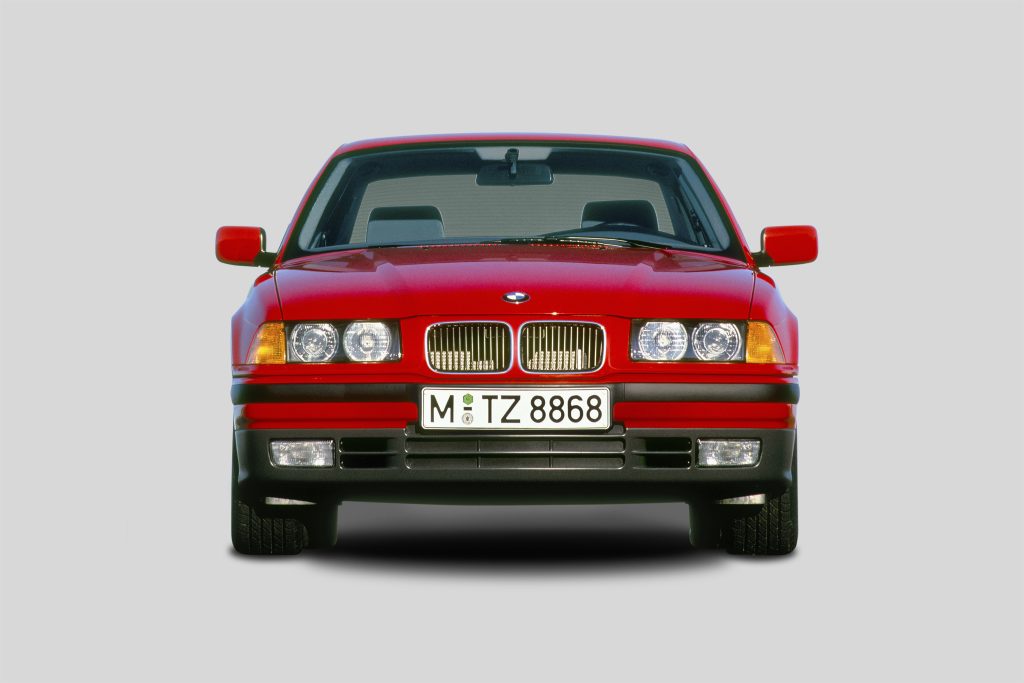
BMW M1
The legendary mid-engine sports car BMW M1 from 1978 is a special case in the design of the double kidney. Only ultra-flat air inlets were considered for their deep-drawn front end – without giving up the character of the kidneys as a defining feature of the brand. They are among the smallest examples ever to decorate a BMW.
The coupé was inspired by the BMW Turbo concept car from 1972, where, just like later on in the BMW M1, the kidneys appear to be “cast” into the extension of the power dome. They are separated from narrow secondary air inlets by body surfaces the same colour as the car and flanked by folding headlights.
The design of the double kidney on the BMW M1 was taken up again in the front-end design of later BMW niche models, for example, the BMW Z1 (1988) and the BMW 8 Series (1989).
5th BMW 3 Series (1990)
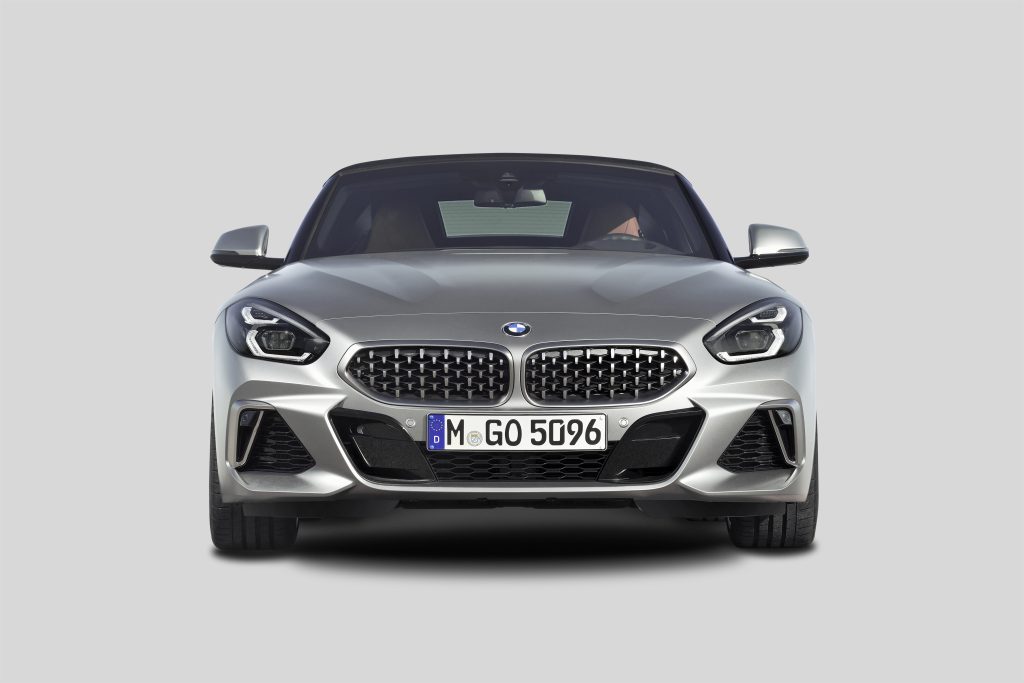
BMW 3 Series
A further evolutionary leap followed in 1990 with the third generation of the BMW 3 Series: its double kidney is flat and horizontally mounted, but not very wide.
Unlike in the first generations of the BMW 3 Series, the two halves of the radiator ensemble were separated again. The kidneys are rectangular with slightly rounded corners and – particularly interesting here – are separated from the headlamp bands not by grilles, but only by surfaces the colour of the body.
This design was used on many models of the 1990s – from the BMW 7 Series (1994) and the BMW 5 Series (1995), through the BMW Z3 (1995) and the next generation of 3 Series (1998), to the first two generations of the BMW X5 (1999).
6th BMW i3 (2013)
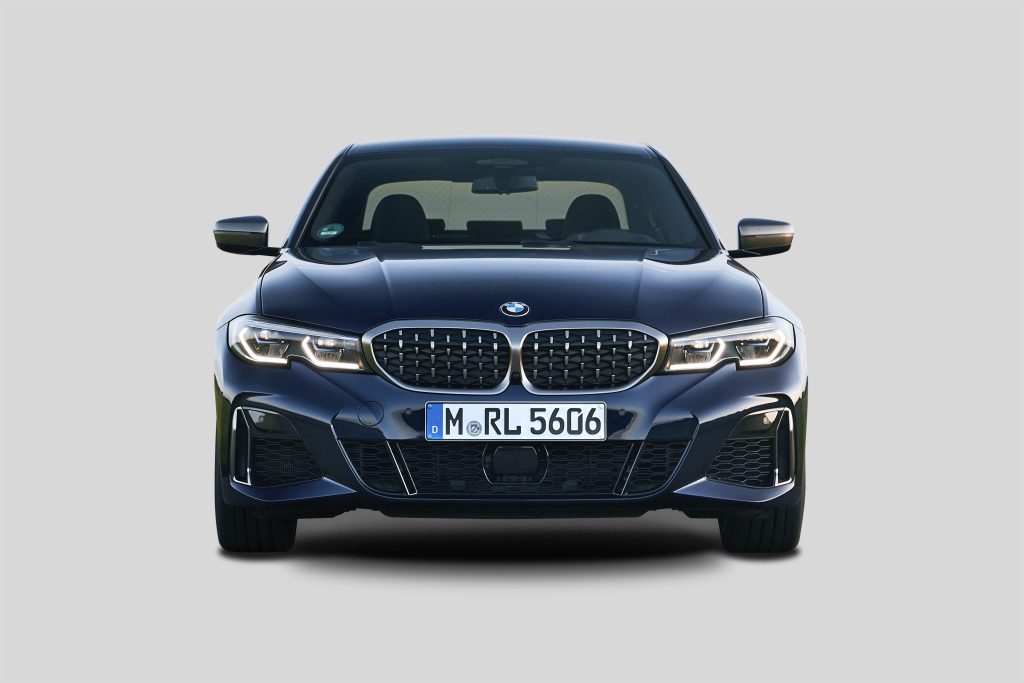
BMW i3
The front design of the electric BMW i3 highlights how the original technical function of the BMW kidneys takes a back seat to their aesthetic function.
The flat, relatively wide double kidney appears here with deliberately closed surfaces and blue accents, which marks the car not only as a BMW but also as an innovative electric vehicle. The fact that the kidneys are closed is good for the aerodynamics of the BMW i3.
The design of the double kidney of the BMW i3 is very similar to that of the BMW i8 and is the inspiration for all future fully electric BMW models.
7th BMW 8 Series, BMW Z4 (2018)
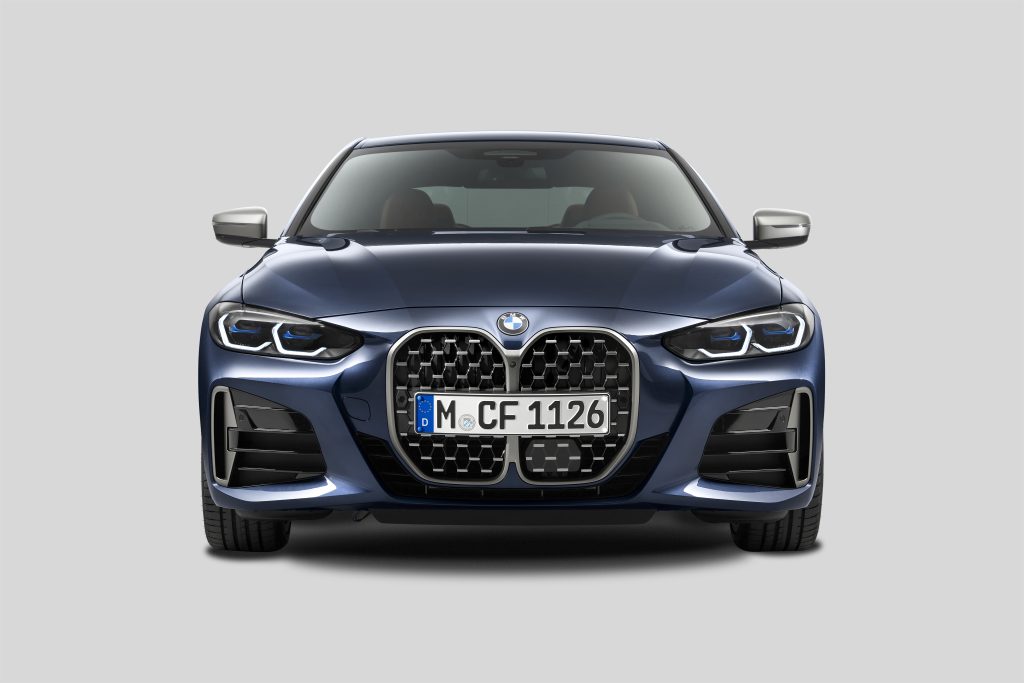
BMW 8 Series
With two current high-performance vehicles by BMW, the 2018 double kidney gains a new and relatively angular frame shape.
Geometrically speaking, the grilles – which are connected in the BMW 8 Series and unconnected in the BMW Z4 – now form horizontally mounted, very wide pentagons. At the sides, small webs in body colour connect to the headlight units.
As in every newer BMW coupé, the sportiness is emphasized by the fact that the kidneys “open downwards,” which makes the optical centre of gravity of the front lower and closer to the road.
Functionally, the kidneys serve as secondary air intakes with an active air flap control system that opens – or closes – as required to reduce air resistance.
In the connected version, like in the BMW 8 Series (and other models with tethered kidneys), a camera for the driver assistance system sits in the middle of the brace connecting the two halves of the kidney.
8th BMW 3 Series Sedan (2018)
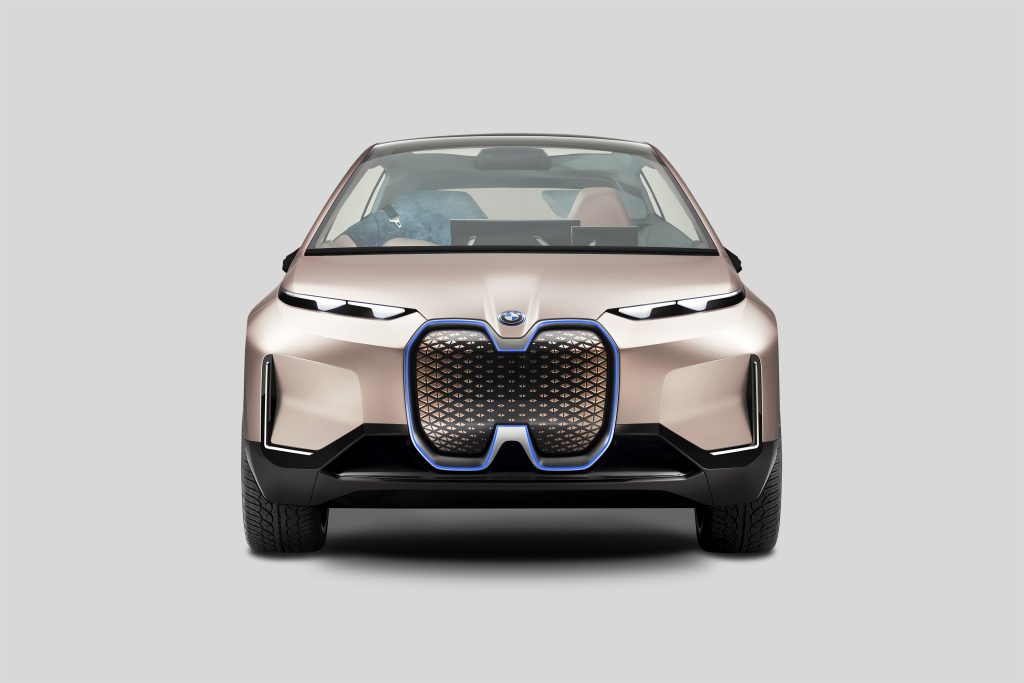
BMW 3 Series Sedan
In the current BMW 3 Series, the modern design of the double kidney combines some familiar features (connected kidneys, directly connected headlamp surfaces, pentagonal frame shape) with new characteristics.
For example, the kidneys are positioned significantly higher than the upper edge of the headlamps; they extend up into the bonnet above a bend. The upper edges of the headlamps are connected to each other by the edges in the kidneys, which have the same alignment. This edge receives the upper edge of the headlamps. The edge in the kidneys connects the upper edges of the two headlamps.
A striking feature of the M Performance variants of the BMW 3 Series is the replacement of the classic vertical kidney rods that have a mesh structure with so-called “nuggets” – small wedge shapes woven into the mesh structure.
The extent to which the design of the kidneys differs between models in the BMW spectrum is shown by comparing the BMW 3 Series with two BMW models that premiered in 2019. The BMW X7 and the current BMW 7 Series each have double kidneys similar to the BMW 3 Series, including the horizontal bend towards the top edge. However, these two models are much larger in size and much more striking.
A Bridge to the Future
9th BMW 4 Series Coupé (2020)
The most recent development of the double kidney for series production vehicles celebrated its world premiere digitally in the BMW Group’s design studio in Munich, in the historic halls of the BMW Group Classic, and on the BMW Group’s test site in Aschheim.
The focus was on the individual design features, which include above all the large, upright and forward-leaning BMW kidney at the front of the car. A look back at BMW history shows just how much the new BMW 4 Series Coupé is in the tradition of the brand’s legendary sports cars.
Outstanding classics such as the BMW 328 Coupé from the 1930s and the BMW 3.0 CS from the 1970s are part of BMW’s fascinating coupé history, which is marked by prestige, driving pleasure and success on the race track, and is now being enriched by a further chapter.

BMW 4 Series Coupé
For designer Seungmo Lim, who is responsible for the design language of the BMW 4 Series Coupé, the design of the vertical double kidney is a bridge to the future.
“We have a strong design history. A hallmark makes a car recognizable – and the double kidney is one of our icons. Nevertheless, BMW’s design has to be reinterpreted and translated into the future again and again. To take this bold step forward, we have looked into our past in the new BMW 4 Series Coupé.”
Pieter Nota, a Member of the Board of Management of BMW AG, responsible for Customers, Brands and Sales, adds:
“The new BMW 4 Series Coupé embodies the essence of the BMW brand. It is a forward-looking interpretation of BMW’s enduring DNA.”
10th BMW Vision iNEXT (2018), BMW Vision M NEXT (2019)
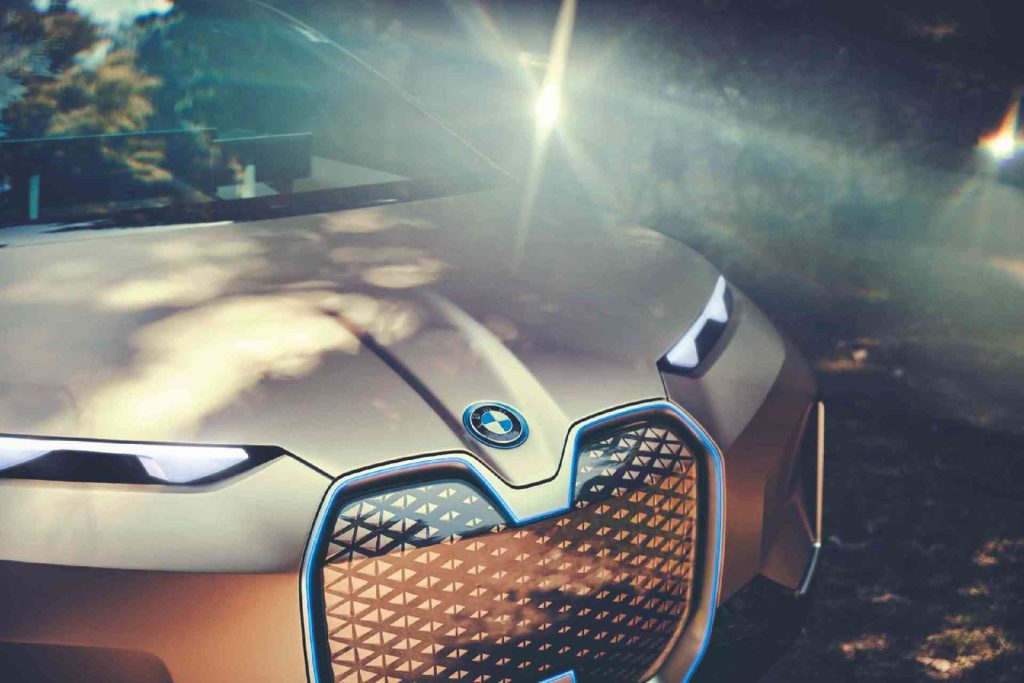
BMW Vision iNEXT
With two vision cars, BMW is offering a glimpse of what the brand’s primary distinguishing feature might look like in future models: In the purely electric BMW Vision iNEXT, the double kidney, whose usual central bridge was strikingly broken through for a test drive, turns out to be a further development of the BMW i3 kidneys.
Behind its closed surface, cameras, sensors and other technologies for assisted and automated driving are at work. Internally, this solution is also called “shy-tech” – high-tech that works in secret.
The hybrid sports car the BMW Vision M NEXT has a sculpturally strong double kidney closed with glass, which emerges directly from the front without any limitation and whose surfaces feature engraved, stylized BMW logos. Illumination of the two kidneys and a colour gradient inside them enhance the three-dimensional effect even more – an effect that will not be seen for the last time in a BMW…

BMW Vision M NEXT

